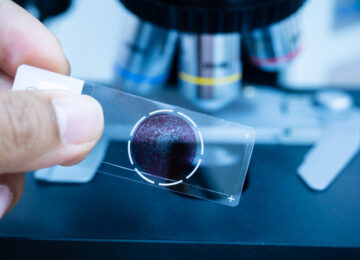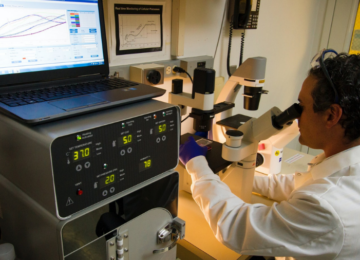

Following skin injury, both resident and transient microbes can enter the skin and cause an infection, greatly prolonging patient recovery or even presenting with life threatening consequences.
Targeting sixteen bacteria, our highly sensitive panel will identify the most common causative agents within 24 hours of specimen collection. This includes the Bacteroides spp., the most common anaerobe found in wound infections. Anaerobes are particularly difficult to identify by traditional methods because they can lose the ability to grow once exposed to oxygen during specimen collection, but are readily identified by PCR. Moreover, the sensitivity of our panels will identify infections early.
By combining the Wound Panel with the ABR panel , clinicians can reduce the time to swap to specific antibiotics. Faster antibiotic conversion may benefit patients by:
CONTACT US
To learn more about how our Wound panel can help your clinic, contact us here.

